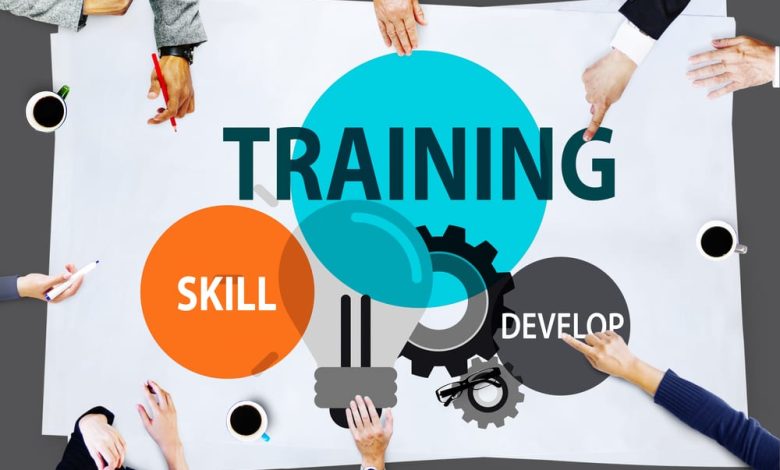5 things Learning & Development is responsible for beyond performance

In the aftermath of the Great Recession of 2018, the field of learning and talent development underwent a purge. I’m not referring to the budget cuts and manpower reductions imposed on us by corporate executives. Rather, it was about the oversimplification and exaggeration of “performance” as the primary calling of L&D’s function from within the L&D area.
Because of the large number of influencing factors that affect our employees, including as policies, systems, processes, managers, and training, L&D team is exceedingly difficult to evaluate with ROI metrics. As a result, many in our profession began to concentrate their efforts and resources on important things.
However, there is a flaw in such a strategy. Focusing on performance is important but it’s bad for delivering on a strategy or assisting with a complex problem like a digital transformation.
Develop people capabilities and performance
Despite the fact that this is the most traditional understanding of L&D, it isn’t wrong to say that developing people and improving their capacities are still part of what L&D does. It’s our bread and butter, and practically every aspect of the learning organization revolves around it.
This responsibility ultimately boils down to providing people with the abilities they lacked in order for them to perform better. In certain companies, these sought-after abilities are directly linked to company strategy, particularly in the short term. However, L&D’s responsibility isn’t limited to simply assisting employees in performing their jobs and then letting them go home at the end of the day.
Attract and retain talent
Talent acquisition and development are usually lumped together in almost every firm. The degree to which these two roles are interwoven, however, is determined by the level of collaboration between HR departments.
Motivate and engage employee
It’s not only about morale when it comes to motivating staff. Increasing employee engagement leads to increased productivity, retention, and reduced absenteeism. The capacity to keep employees motivated and gauge their outlooks is becoming more crucial as engagement surveys grow more common.
Some businesses conduct surveys on a yearly, bi-annual, or quarterly basis to gauge employee engagement. Regardless of the frequency, personnel from People Analytics frequently bring survey responses to L&D if any concerns or issues are discovered. This can involve issues with DE&I, people management, or talent management, and L&D is frequently put under pressure to provide a solution.
It’s possible that what boosts employee motivation and engagement has nothing to do with actual job performance. Motivating employees with high-production, consumer-grade videos, for example, can feel more like “edutainment” than actual talent development to L&D practitioners. However, it’s vital to remember that, regardless of skill level, engagement still generates a return on investment.
Create a values-based culture
L&D, aside from payroll, has the highest volume of interactions with employees of any HR department. As a result, learning and development are in a unique position to define, support, and refine an organization’s culture. This is accomplished by infusing essential aspects of a company’s beliefs into L&D programs. No team is in a greater position to affect the culture than L&D, whether these values are written down and hung in the office hallways or internalized in the hearts and minds of employees.
A bigger scope reaps bigger rewards
Although task performance optimization is clearly a mandate of L&D, it is only a small portion of its role — especially when it comes to integrating upskilling and training into the rest of the employee lifecycle and building company culture. It seems unlikely that this work will become easier in the future. The mandate of Talent Development will expand when more complications are introduced through mergers, acquisitions, and business transformations. This can include an increase in money and expectations, but it also includes results and impact.








